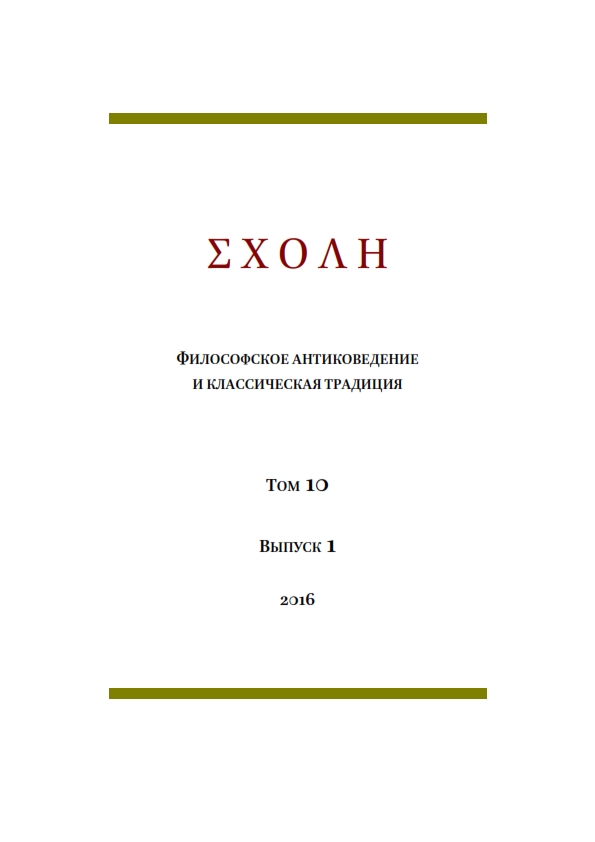ВИЗУАЛЬНО-АНТРОПОЛОГИЧЕСКИЕ КОННОТАЦИИ В ОНТОЛОГИИ ПАРМЕНИДА (2)
VISUAL ANTHROPOLOGICAL CONNOTATIONS IN PARMENIDES’ ONTOLOGY (2)
Author(s): Sergey AvanesovSubject(s): Anthropology, Epistemology, Aesthetics, Existentialism, Ontology
Published by: Новосибирский государственный университет
Keywords: Parmenides; ancient philosophy; ontology; epistemology; anthropology; poem; epistemic optics; visual connotations;
Summary/Abstract: In this article, I complete my brief study of visual anthropological themes and meanings that can be seen in the philosophy of Parmenides, primarily in his ontology. I analyzed the text of the Parmenides’ poem to detect in it the ideas that express the theoretical position of the philosopher from Elea in relation to ontological parameters of human existence. “Optical” characteristics of Parmenides’ philosophical language is accented in this article to clarify his views on the mutual relations of sensually empirical experience and theoretical scientific knowledge, of explicit “many things” and implicit “single”, of the physical dynamics and speculative statics, of “human” world and the “true” being. I paid special attention to the problem of border and form of being-in-general in Parmenides, and I investigated the question of reflection of this form in the physical space. I conclude that the Parmenides’ philosophical “optics” can be explicated and described in the following key points, which was shown to 1) discourse in its specificity, 2) cultural-historical and physical contexts of the narrative, 3) an inner ascetic intention of author, 4) cosmology as a systemic critique of sensory experience, 5) epistemology in its visual aspects, 6) ontology, 7) semiotics.
Journal: ΣΧΟΛΗ. Философское антиковедение и классическая традиция
- Issue Year: X/2016
- Issue No: 1
- Page Range: 76-90
- Page Count: 15
- Language: Russian

